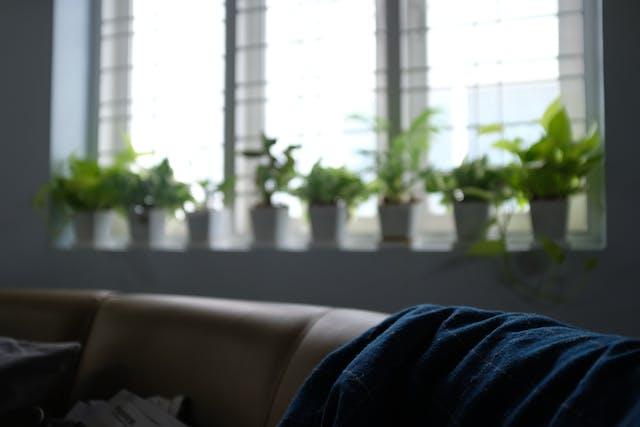
Introduction
Indoor gardening is a wonderful way to bring nature into your home or apartment, creating a green and vibrant atmosphere. Whether you have limited space or lack access to an outdoor garden, you can still enjoy the benefits of nurturing and caring for plants indoors. In this article, we will provide you with tips and suggestions to help your indoor plants thrive and flourish.1. Assess Your Space and Lighting
- Sunlight availability: Determine the amount of sunlight your indoor space receives. Most plants require bright, indirect light. Place your plants near windows that face east or west, as they provide the best light exposure. If your space lacks natural light, consider using artificial grow lights.- Space considerations: Evaluate the available space in your home or apartment. Choose plants that suit the size and conditions of your space. Consider vertical gardening options or hanging planters to maximize space utilization.
2. Choose the Right Plants
- Low-maintenance plants: If you are new to indoor gardening or have a busy lifestyle, select low-maintenance plants that are more forgiving and require minimal care. Some popular low-maintenance options include snake plants, pothos, ZZ plants, and succulents.- Consider your lifestyle: Choose plants that align with your lifestyle and preferences. If you travel frequently or tend to forget watering, opt for plants that can tolerate periods of drought. If you enjoy cooking, consider growing herbs like basil, mint, or rosemary.
- Indoor air-purifying plants: Some plants have air-purifying qualities and can help improve indoor air quality. Spider plants, peace lilies, and snake plants are known for their ability to filter toxins and release oxygen.
3. Provide Proper Care and Maintenance
- Watering: Learn the specific watering needs of your plants, as overwatering or underwatering can harm them. Use well-draining pots with drainage holes to prevent waterlogging. Water your plants when the top inch of soil feels dry, and ensure excess water drains away.- Humidity levels: Indoor environments can be dry, especially during winter months. Increase humidity levels around your plants by placing a tray of water nearby or using a humidifier. Grouping plants together can also create a microclimate with higher humidity.
- Fertilization: Indoor plants benefit from regular fertilization. Use a balanced liquid fertilizer or slow-release granular fertilizer specifically formulated for houseplants. Follow the package instructions for application rates and frequency.
- Pruning and grooming: Regularly inspect your plants for yellowing leaves, dead stems, or pests. Prune away any dead or damaged plant parts and groom your plants by removing dust from their leaves with a soft cloth or a gentle shower.
4. Monitor for Pests and Diseases
- Regular inspection: Check your plants regularly for signs of pests like aphids, mealybugs, or spider mites. Early detection allows for prompt treatment and prevents infestations from spreading.- Natural pest control: If you notice pests, try using natural pest control methods like insecticidal soap or neem oil. These remedies are safer for indoor use and help control common pests.
Conclusion
Indoor gardening offers a wonderful opportunity to create a green oasis in your home or apartment. By assessing your space and lighting, choosing the right plants, providing proper care and maintenance, and monitoring for pests and diseases, you can enjoy thriving and healthy indoor plants. Embrace the joys of nurturing nature indoors, and let your indoor garden bring beauty, serenity, and a touch of nature to your living space. Happy indoor gardening!
Article
Be the first comment
Elite Article
2,762 Views
0
0













